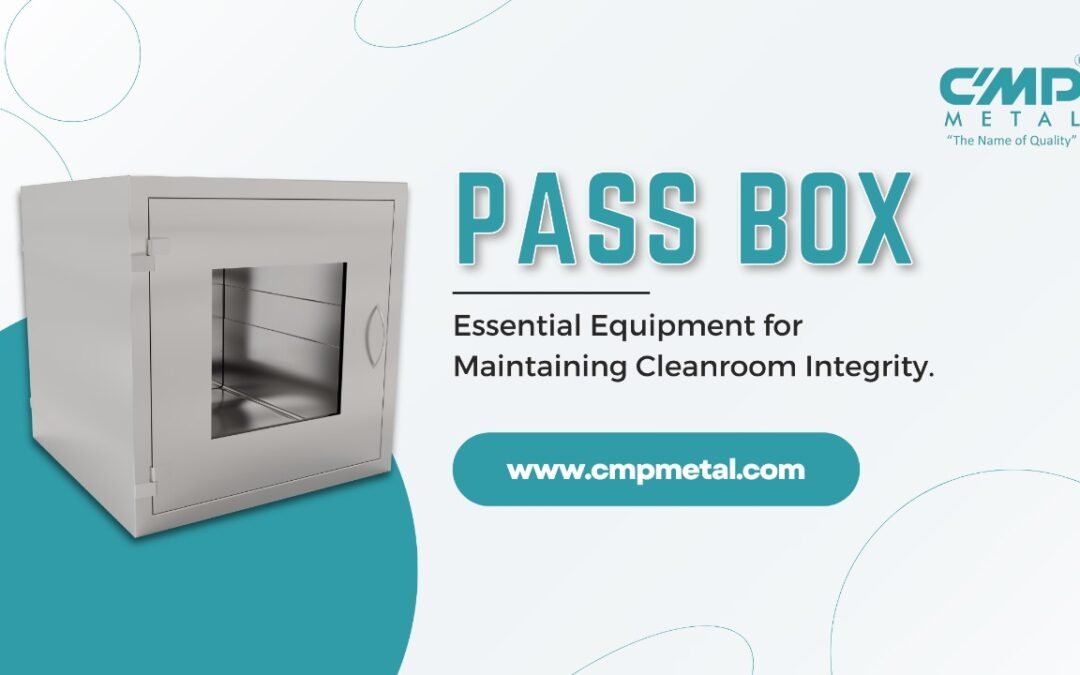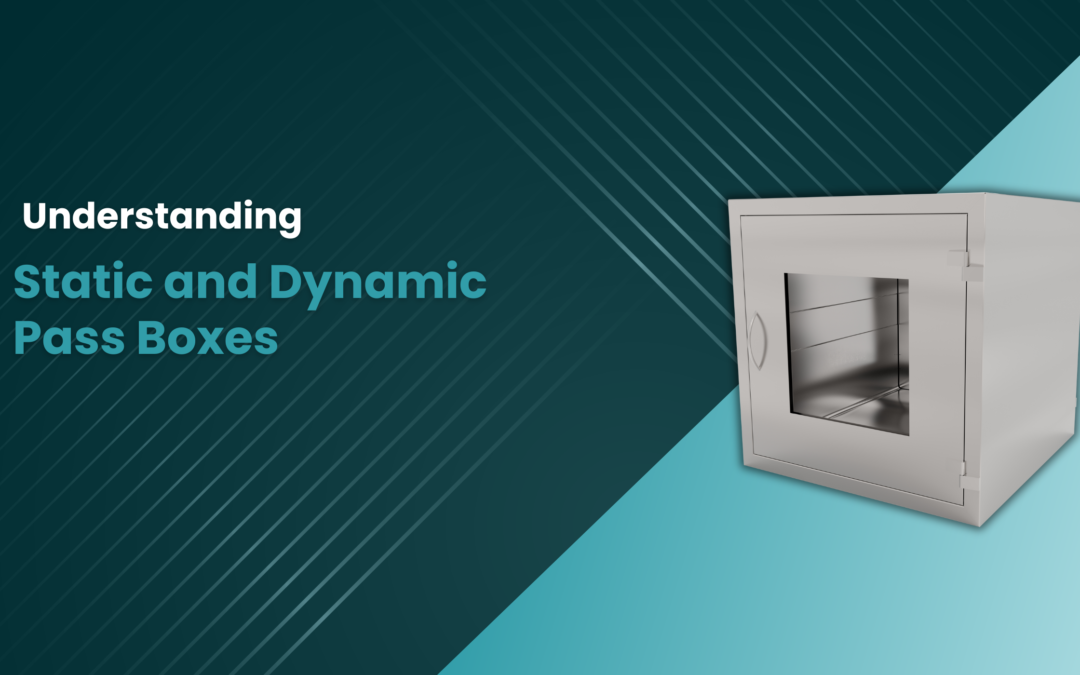
Pass Box: Essential Equipment for Maintaining Cleanroom Integrity
Pass Box: Essential Equipment for Maintaining Cleanroom Integrity

In environments where contamination control is critical, such as pharmaceutical manufacturing facilities, research laboratories, and semiconductor cleanrooms, maintaining the integrity of cleanroom environments is paramount. Pass Box play a crucial role in achieving this goal by facilitating the transfer of materials and equipment between different cleanliness zones while minimizing the risk of contamination. Let's explore why Pass Box re considered essential equipment for maintaining cleanroom integrity and how they contribute to ensuring the cleanliness and safety of controlled environments.
Barrier Control for Contamination Prevention
At the core of Pass Box functionality lies barrier control, which serves as a fundamental principle for preventing contamination in cleanroom environments. Pass Box feature a dual-door design—one door on the cleanroom side and another on the external, less controlled side—to create a physical barrier between different cleanliness zones. This design prevents direct airflow between the two zones, minimizing the transfer of airborne particles, microbes, and other contaminants. By isolating materials and equipment during transfer, Pass Box help safeguard the cleanliness and integrity of cleanroom environments, ensuring that stringent cleanliness standards are maintained at all times.
Seamless Material Transfer with Minimal Disruption
Pass boxes facilitate seamless and efficient transfer of materials and equipment between cleanroom areas, production areas, and external environments with minimal disruption to cleanroom operations. Operators can safely place items into the Pass Box through the external door, which is then securely sealed before the internal door is opened. The internal door provides access to the cleanroom side, allowing authorized personnel to retrieve the items without compromising cleanroom integrity. This controlled transfer process minimizes the ingress of contaminants and helps maintain the cleanliness of critical environments, ensuring that production processes proceed smoothly and without interruption.
Customizable Designs for Diverse Applications
Recognizing the diverse needs of different industries and cleanroom environments, Pass Box are available in a variety of sizes, configurations, and features to suit specific application requirements. Manufacturers offer customizable designs with options for single-door or double-door configurations, material compatibility, airflow control, and additional features such as UV sterilization, HEPA filtration, and interlocking systems. Whether it's transferring small components, large equipment, or hazardous materials, Pass Box can be tailored to meet the unique needs of each cleanroom facility, ensuring optimal performance and compatibility with existing processes and workflows.
Compliance with Stringent Regulatory Standards
Pass boxes are designed and manufactured to comply with stringent regulatory standards and industry guidelines governing cleanroom operations and contamination control. Manufacturers adhere to international standards such as ISO 14644 (Cleanrooms and associated controlled environments) and GMP (Good Manufacturing Practice) guidelines to ensure that Pass Box meet the highest standards of cleanliness, safety, and reliability. Additionally, Pass Box are subject to rigorous testing, validation, and certification procedures to verify their performance and efficacy in preventing contamination. By meeting regulatory requirements, Pass Box provide cleanroom operators with confidence in their ability to maintain cleanroom integrity and compliance with regulatory standards.
Integration with Cleanroom Workflow and Operations
Pass boxes are seamlessly integrated into cleanroom workflow and operations, enhancing efficiency, productivity, and safety in controlled environments. They are strategically positioned at key transition points within cleanroom facilities, such as entry/exit points, gowning rooms, and material transfer areas, to facilitate smooth and controlled movement of materials and equipment. Pass Box can be interfaced with cleanroom HVAC systems, access control systems, and monitoring devices to ensure optimal airflow, security, and environmental conditions during material transfer. By integrating Pass Box into cleanroom infrastructure, operators can streamline processes, minimize contamination risks, and maintain the integrity of critical environments.
Conclusion:
In conclusion, Pass Box are essential equipment for maintaining cleanroom integrity and preventing contamination in controlled environments. Through barrier control, seamless material transfer, customizable designs, regulatory compliance, and integration with cleanroom workflow, Pass Box play a crucial role in safeguarding the cleanliness, safety, and reliability of cleanroom operations. As indispensable tools in contamination control strategies, Pass Box enable cleanroom operators to uphold stringent cleanliness standards, comply with regulatory requirements, and ensure the integrity of critical environments in industries where contamination can have significant consequences. By investing in Pass Box, cleanroom facilities can enhance their contamination control measures, optimize operational efficiency, and safeguard product quality and integrity.



